7 Ways a Sports-Specific Training Program Can Turn You into a Slope-Shredding Pro
Ah, skiing. The perfect blend of freezing your toes off while simultaneously defying gravity (and occasionally faceplanting into it). There's truly nothing quite like the rush of gliding down the mountainside while snow pelts you in the face like nature’s own exfoliation treatment. But let’s not romanticize too much—if you’ve ever spent the majority of your day on your butt while more experienced skiers zoom past with uncanny grace, you already know skiing is harder than it looks.
I’ve been there. Trust me. I started skiing in my college years, which meant I was uncoordinated, overconfident, and convinced falling was my destiny. After countless spills, bruises, and public humiliations disguised as “learning experiences,” I realized that mastering the slopes required preparation way beyond casually showing up and strapping on skis. And with hindsight now as sharp as a pair of freshly waxed skis, I'm here to tell you: sports-specific training programs are the cheat code you need to level up your skills and save face (and your knees).
So, how can you benefit? Oh, let me count the ways...
1. Building the Legs of a Greek God (or Goddess)
Let me crush a dream straight out of the gate: skiing isn’t a vacation for your legs. If anything, it’s a leg day marathon wrapped in a wintry wonderland. When I first started skiing, my quads tapped out by midday, leaving me wobbling back to the lodge like a drunk penguin. That’s when I learned about the power of targeted strength training.
A sports-specific ski program—buttressed by squats, lunges, and deadlifts—focuses on building lower-body power. Think of it this way: every time you lunge forward holding weights, you're simulating those glorious downhill turns. The result? Explosive movements when you’re skiing through moguls without collapsing in defeat after three runs. These programs don’t just give you stronger legs—they give you Zeus-tier thunder thighs capable of taming black diamonds.
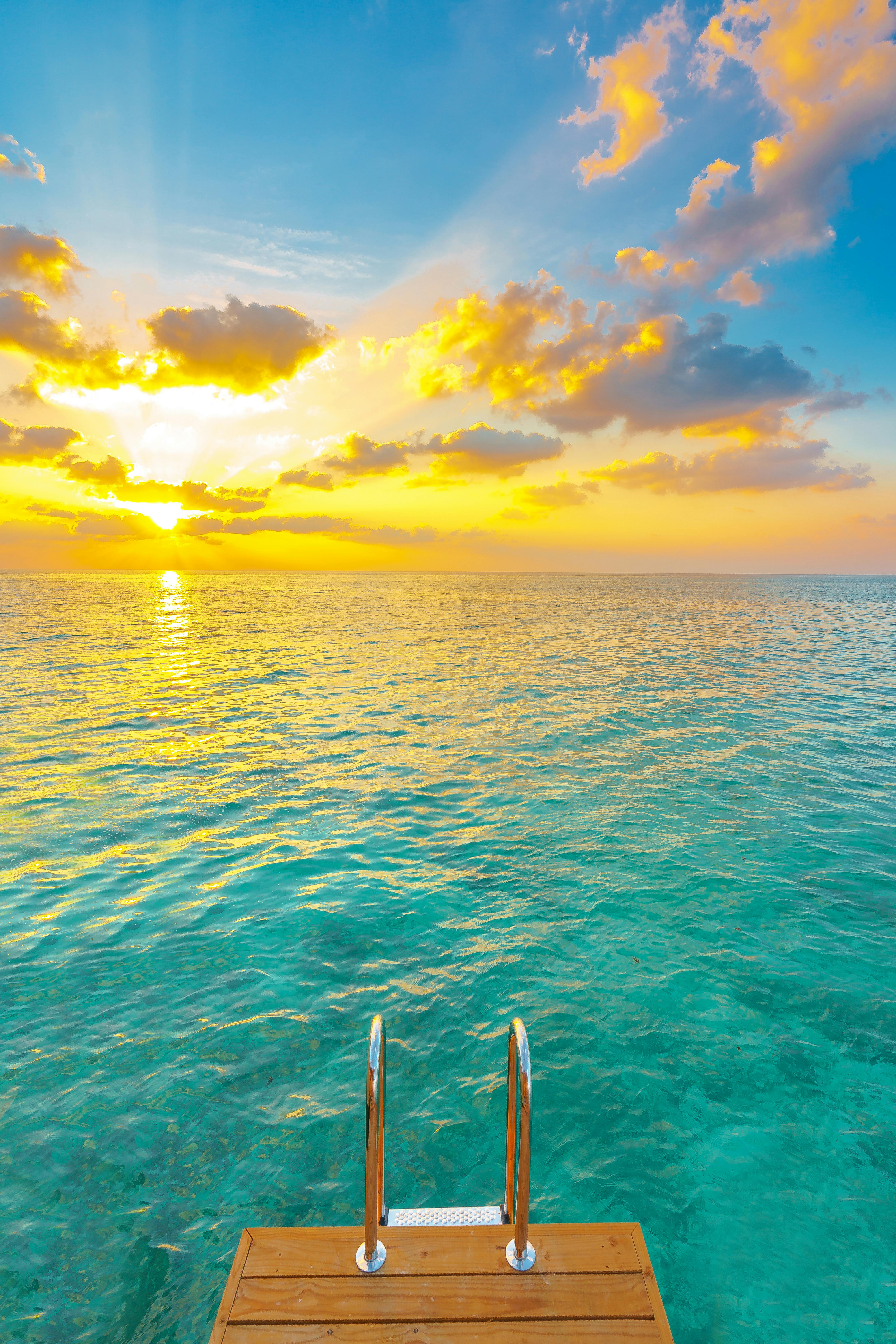
2. Core Strength: Saving Your Spine and Your Sanity
Your abs aren’t just there to look good on Instagram. For skiing, your core muscles are the unsung heroes helping you stay balanced when the slopes turn into chaos central. Pro tip from personal experience: a weak core + high speeds = dramatic spills that’ll end up as viral TikTok bloopers.
I used to think twisting my torso with a broomstick counted as “working my core.” (Spoiler: It didn’t.) But after joining a sports-specific ski training regimen, I discovered legit core exercises that made me feel like a human gyroscope. Planks, Russian twists, and stability ball workouts reshaped my approach to skiing. My balance improved. My turns became smoother. And by the end of each run, I wasn’t crying inside from sheer exhaustion. Success!
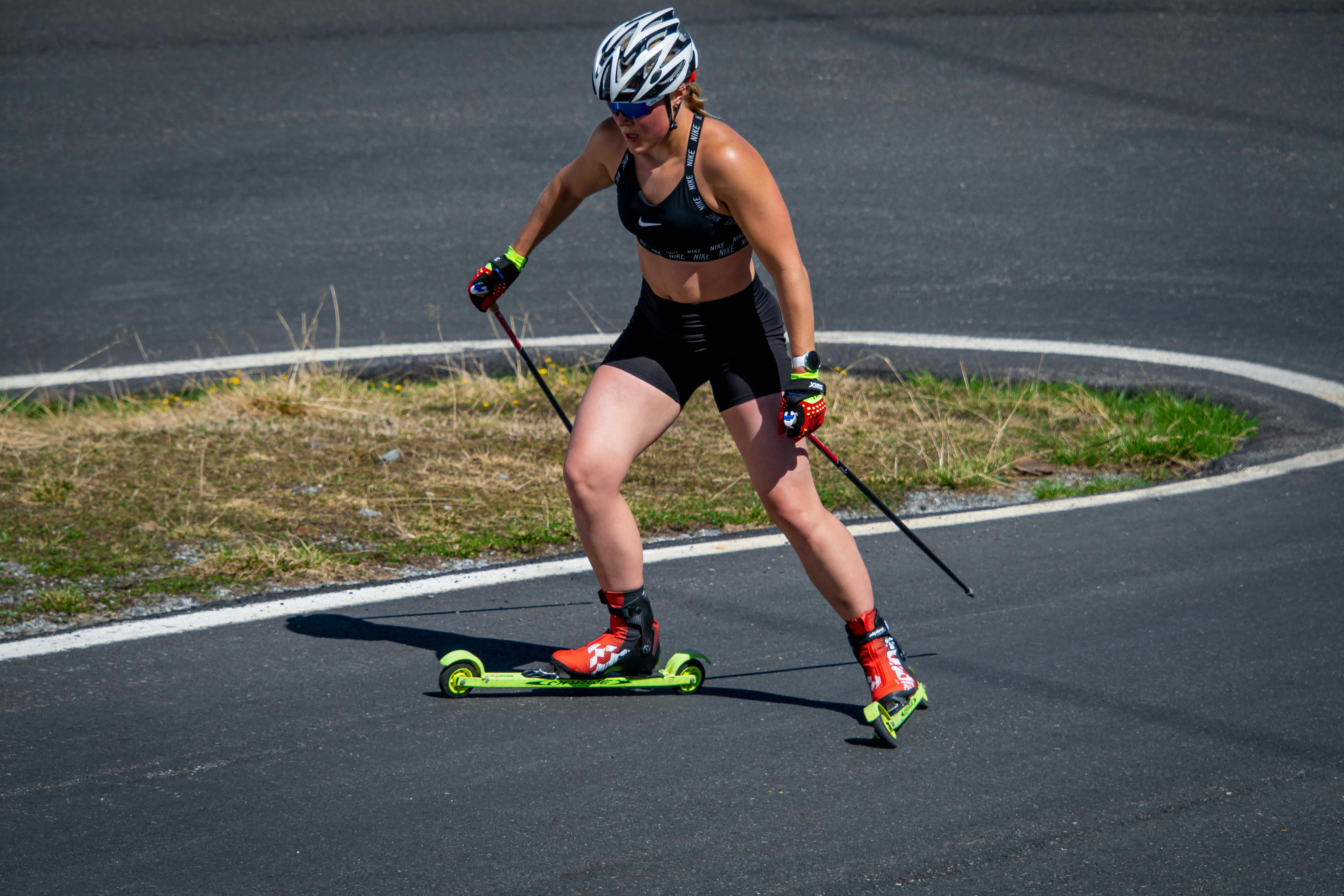
3. Agility Drills: Dodging Trees with Style
Skiing is ultimately a game of fast reactions. Whether you’re dodging errant toddlers (a.k.a. mini-missiles) on the bunny slope or maneuvering through dense glades filled with tree wells (a personal trigger, I’ll admit), you need agility. Funnily enough, agility doesn’t just appear magically as you zip down the hill, no matter how much Red Bull you drink beforehand.
Enter plyometric exercises. A sports-specific program had me hopping over cones, weaving through ladders, and questioning my sanity from exhaustion—but here’s the good news: it worked. Agility drills supercharge your reflexes. They’re the unsung heroes that help you adjust mid-ski to unexpected terrain or obstacles while making you look like you actually know what you’re doing.
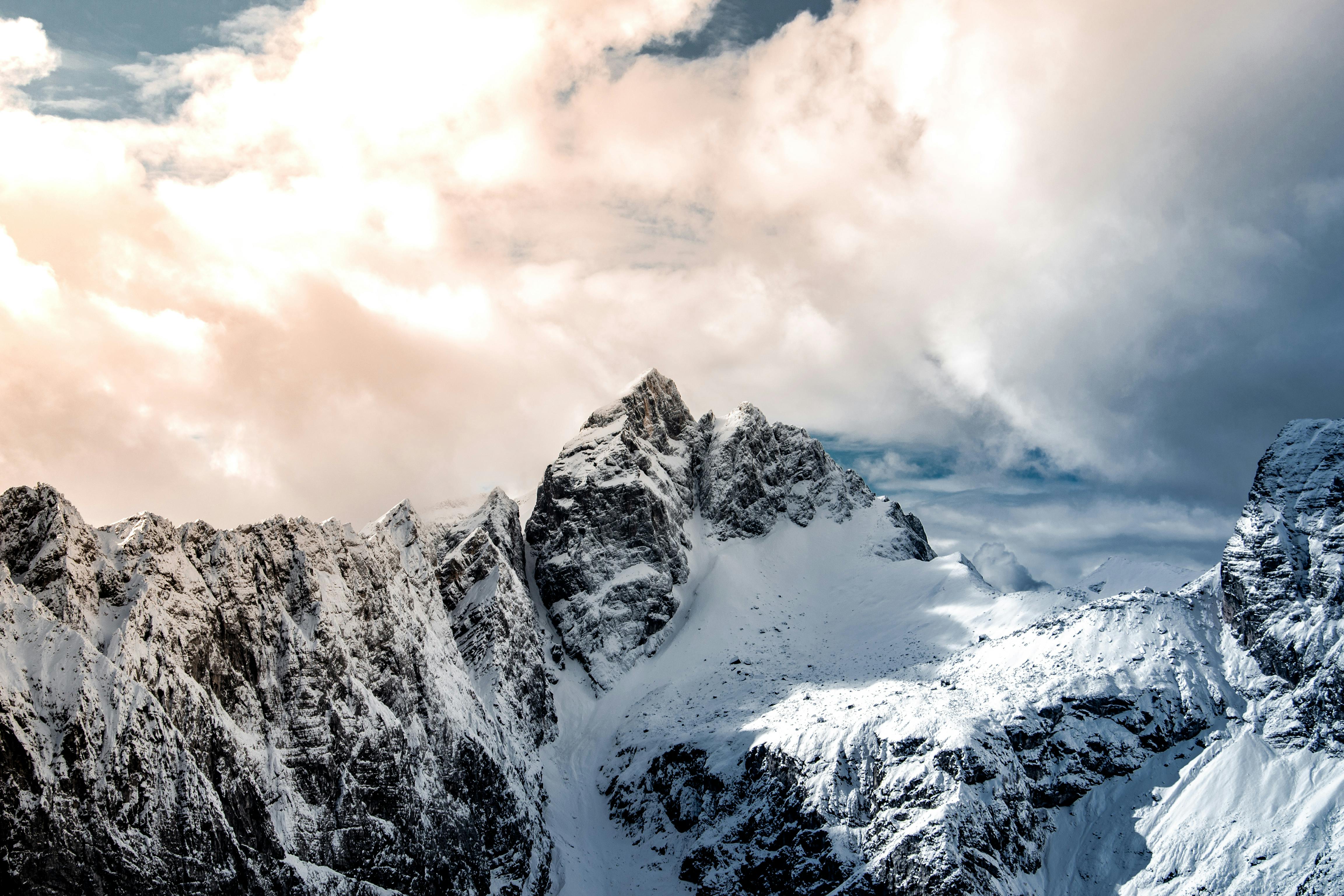
4. Endurance: So You Don’t Get Gassed by Lunchtime
Let me paint a tragic picture for you: It’s a crisp, sunny day on the mountain; the snow conditions are perfect, and your friends are on their seventh run of the day. Where are you? Sitting in the lodge because your thighs are screaming and your lungs gave up two hours ago. Not the vibe, right?
Cardio-based endurance training solves this. A sports-specific program integrates interval training tailored to mimic skiing’s start-stop rhythm. Think bursts of high-intensity effort followed by short recovery times. After incorporating this into my off-season workouts, I found myself actually enjoying full days on the mountain instead of aggressively guzzling hot chocolate in a pity party.
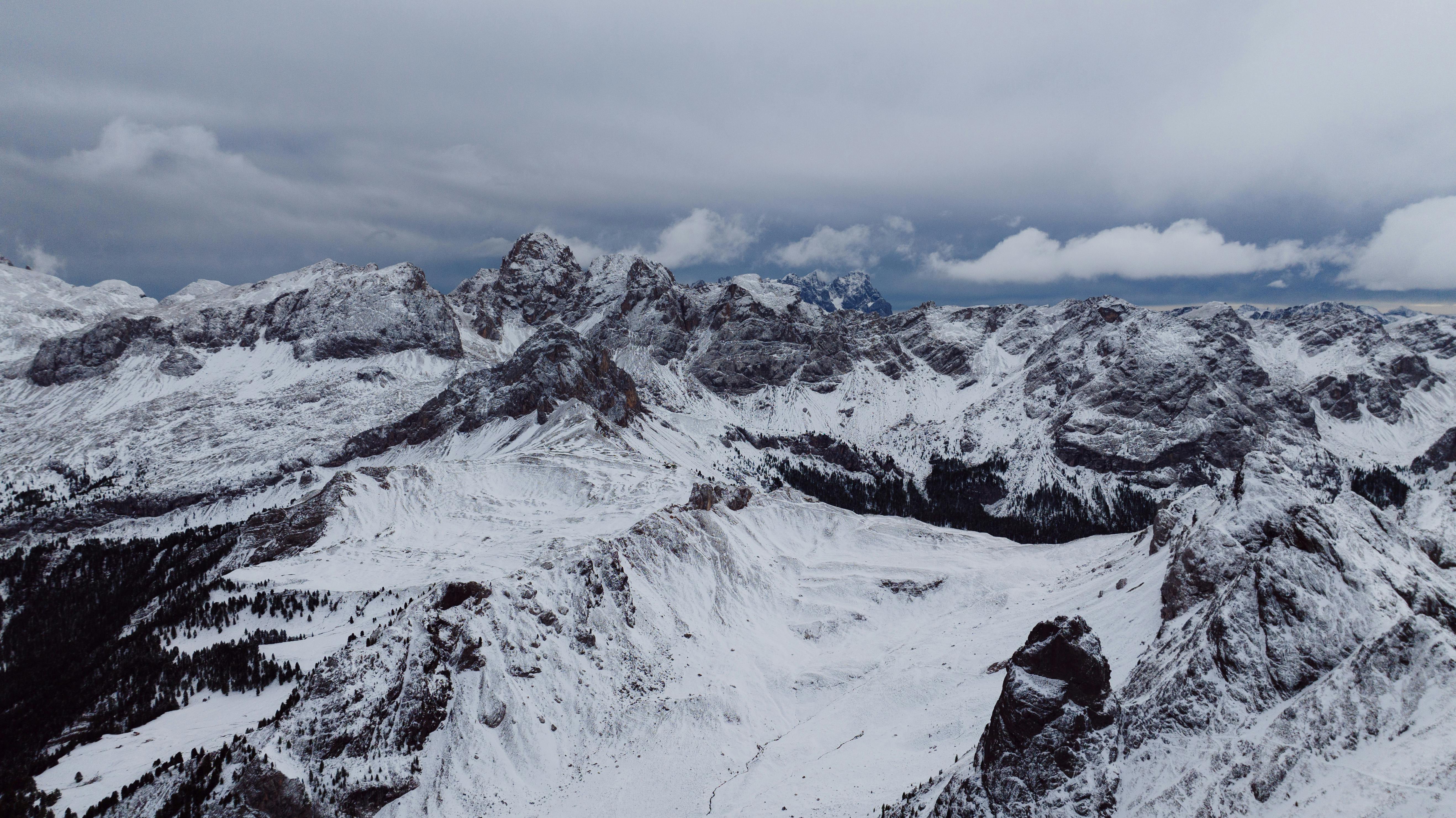
5. Mental Focus: A Third Eye for the Slopes
Nobody talks enough about the mental side of skiing—probably because we’re preoccupied with not dying. But here’s a hard truth: mental resilience is your invisible armor on the slopes. Whether you’re nervously eyeing a steep trail or panicking over surprise ice patches, your mind needs to keep its cool.
Yoga, meditation, and visualization exercises were game-changers for me. No, I didn’t go full zen monk. A sports-specific training program integrated mindfulness techniques that helped me focus on fluid movements despite nerve-wracking conditions. Bonus: visualizing yourself nailing a tricky run actually works. It made me look less like Bambi smacking into trees and more like I belonged on those ads for luxury ski resorts.

6. Staying Safe and Injury-Free (Bonus: Avoiding Public Shame)
Beginning skiers often assume injuries are part of the package. Wrong. Sure, the occasional tumble is inevitable, but consistently wrecking your knees and hips? Completely avoidable. Injuries come from poor prep and muscle imbalances—and yes, I learned this the hard way, courtesy of an embarrassing splat in front of a ski lift crowd.
With a customized training program, I started strengthening the muscles that stabilize my joints. Leg presses, single-leg squats, and resistance band work all contributed to keeping my knees intact. Overriding my overconfident ego with safety knowledge? Priceless. Now I handle the slopes with sharp awareness—and top-tier gear, like Overo Glasses’ prescription ski goggles, designed to ensure I can see and avoid every obstacle. (Oh, you thought I’d forget the product plug? Ha!)
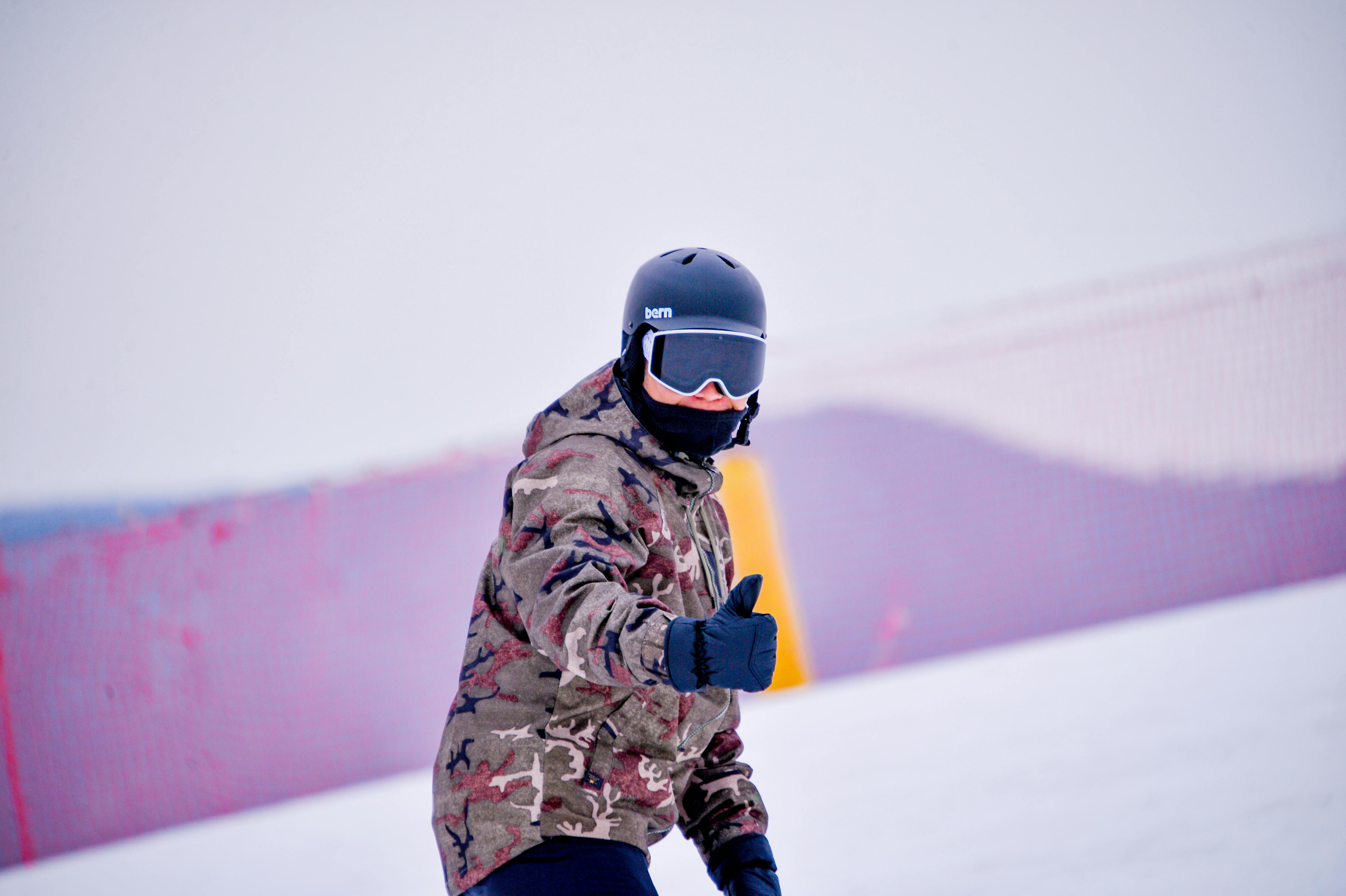
7. Clear Vision: Because Fogged Glasses Are the Enemy
If you wear prescription glasses and ski, you’re likely familiar with the absolute farce that is jamming glasses inside ski goggles. There’s the fogging. The slipping. The headaches from pressure points crushing the side of your skull. It can feel like the mountain is mocking both you and your astigmatism.
That’s where Overo Glasses come in—honestly, these are a skier’s lifesaver. Designed to fix every problem I just listed, their prescription ski goggle inserts provide crystal-clear vision without the fuss. The military-grade anti-fog coating is no joke; I tested it in temperatures so cold my face basically turned into a popsicle, and those lenses didn’t fog once. Plus, they’re eco-friendly, custom-fitted to my prescription, and snug as a bug without compromising comfort. Who knew reliable vision could be so liberating?

Final Thoughts: A New Hero on the Slopes
Looking back, my skiing journey has been the ultimate glow-up—from struggling to survive bunny hills to coasting through advanced runs like I own the place (with significantly fewer wipeouts). And the secret? Preparation. Sports-specific training combined with top-tier gear like Overo’s prescription ski goggles was the turning point.
To my fellow skiers: If you’re tired of clinging to trees for dear life or if you just want to level up, invest in yourself. Whether you’re a rookie or a seasoned pro looking for an edge, a targeted training program will amplify your skills, protect your body, and boost your confidence faster than you can say "après-ski."
Oh, and when you finally sweep down the slopes with style, do me a favor—wink at gravity. You’ve earned it.
Frequently Asked Questions
What is a sports-specific training program?
A sports-specific training program is a structured set of exercises tailored to enhance performance in a particular sport. For skiing, this includes strength training, agility, endurance, and mental focus exercises to prepare you for the slopes.
Why is building leg strength important for skiing?
Skiing requires a lot of leg power to maintain balance, navigate turns, and control your speed. Strong legs minimize fatigue and prevent injuries, especially for steep terrains and long runs.
How does core strength impact skiing performance?
A strong core helps with balance, stability, and control during downhill runs. It reduces the risk of falls and makes turning and maneuvering more efficient.
What kind of exercises help improve agility for skiing?
Plyometric exercises like cone hops, ladder drills, and lateral movements improve reflexes and quick directional changes, essential for navigating obstacles on the mountain.
How can I prevent injuries while skiing?
Strengthening stabilizing muscles through exercises like single-leg squats, resistance band work, and proper warm-up routines helps prevent injuries. Wearing the right gear, like Overo Glasses’ prescription ski goggles, also enhances safety.
What are Overo Glasses, and how do they help skiers?
Overo Glasses provide prescription ski goggle inserts designed for clear vision on the slopes. They feature military-grade anti-fog coating and customizable fits, making them a game-changer for skiers with prescription needs.
References
- Ski Erg Workouts for Strength and Power - A detailed guide on building endurance and strength for skiing.
- Discover the Perfect Alpine Ski Racing Camp - Tips for honing your ski skills through training camps.
- Peloton’s Ski-Specific Training Exercises - A curated set of workouts tailored for ski enthusiasts.
- Nordic Skiing and Athletic Training - Insights into preparing for skiing through school athletic programs.
- Slide Board Exercises for Ski Season Prep - Innovative ways to get ready for ski season.



Share:
7 Surprising Truths About Ski In Ski Out Lodging You Need to Know
5 Reasons Skiing Might Be Safer Than Snowboarding: Insights from Life on the Slopes